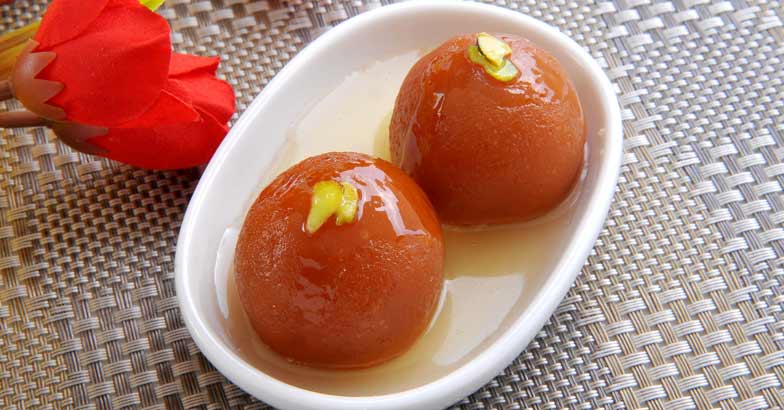Diwali is here - lights, sweets and action!

Mail This Article
Lights and sweets. There’s plenty of these all over. It’s Diwali and time to celebrate the victory of good over evil. How best to jive up this joyous occasion? With the sweetest sweets, of course. Jilebi, laddoo, mysore pak, milk peda, barfi, rasagolla, gulab jamuns… the list of sugar-soaked syrupy yummies are endless. So, here’s to you! Have some 'sweet' stories.
Honey-sweet jilebi
The circled wonder dipped in sugar syrup, in all probability had its origin in Arabia or Persia, say food historians. The savory might have got its name from the Arabian 'salabia' or the Persian 'silabia'.

However, the word jilebi appears in a 1450 literary work by Kannada philosopher Jinasuran. History goes on to say that Jagiri, a cousin of the sweet jilebi, was made to please the sweet palate of the emperor Jehangir. Jagiri in all likelihood originated from Jehangir, it’s said.
The rotund laddoo!
The rotund delicacy was a hot favorite right from the time of the Indus Valley Civilization. Laddoos come in several flavors and tastes. Modakam could have been a fore-runner of the laddoo. The Tirupathi laddoo is famous the world over. Keladi Basavaraja’s 1700 AD classic Siva Tattva Ratnakara gives a graphic description of how laddoo is made. Records again show that the savory appeared in 1000 AD during a feast served by the King Srenika.

Doodh peda
It’s a common belief that the doodh or milk peda is Gujarat’s baby. History once again says that the peda and almost all the sweets of India had their beginnings from the shores of the River Ganga, centuries ago. Barfi, another sweet savory and other popular sweets first appeared in Bengal on the shores of the Ganges, around that time. Food researchers say the peda could be at least 3,000 years old!

Bengali sweets
No sweets, no Diwali. That’s the rule in Bengal. A Diwali without Bengali sweets is unthinkable. Chandradas, the godfather of Bengali sweets was born into a family which ran a business in sweet savories. In 1868 a 22-year-old Chandradas first introduced to his home and subsequently to the world, the wonder sweet called gulab jamun.

Fifty years later, his son, Krishnachandra Das came up with the hit called Rasmalai. The jamun and rasmalai are global favorites today. K.C. Das & Co were once major exporters of Indian sweets.
The sweet Mysore pak
This one had its birth in the Mysore of yore. Not many stories are woven round it. But the sweet could have first appeared in the 19th century. Apart from its taste, very little has been recorded about the savory.

Click here for more Diwali recipes

